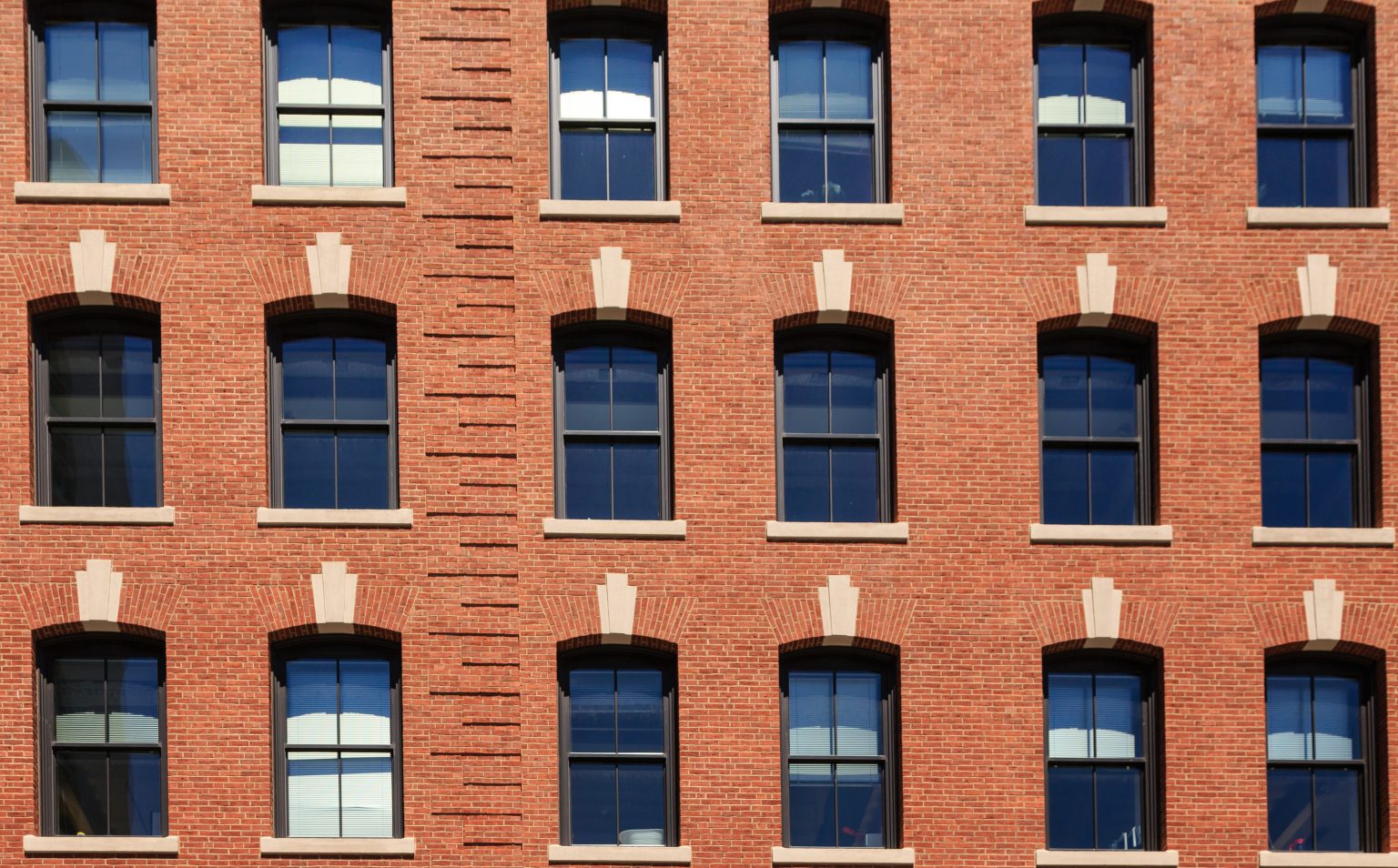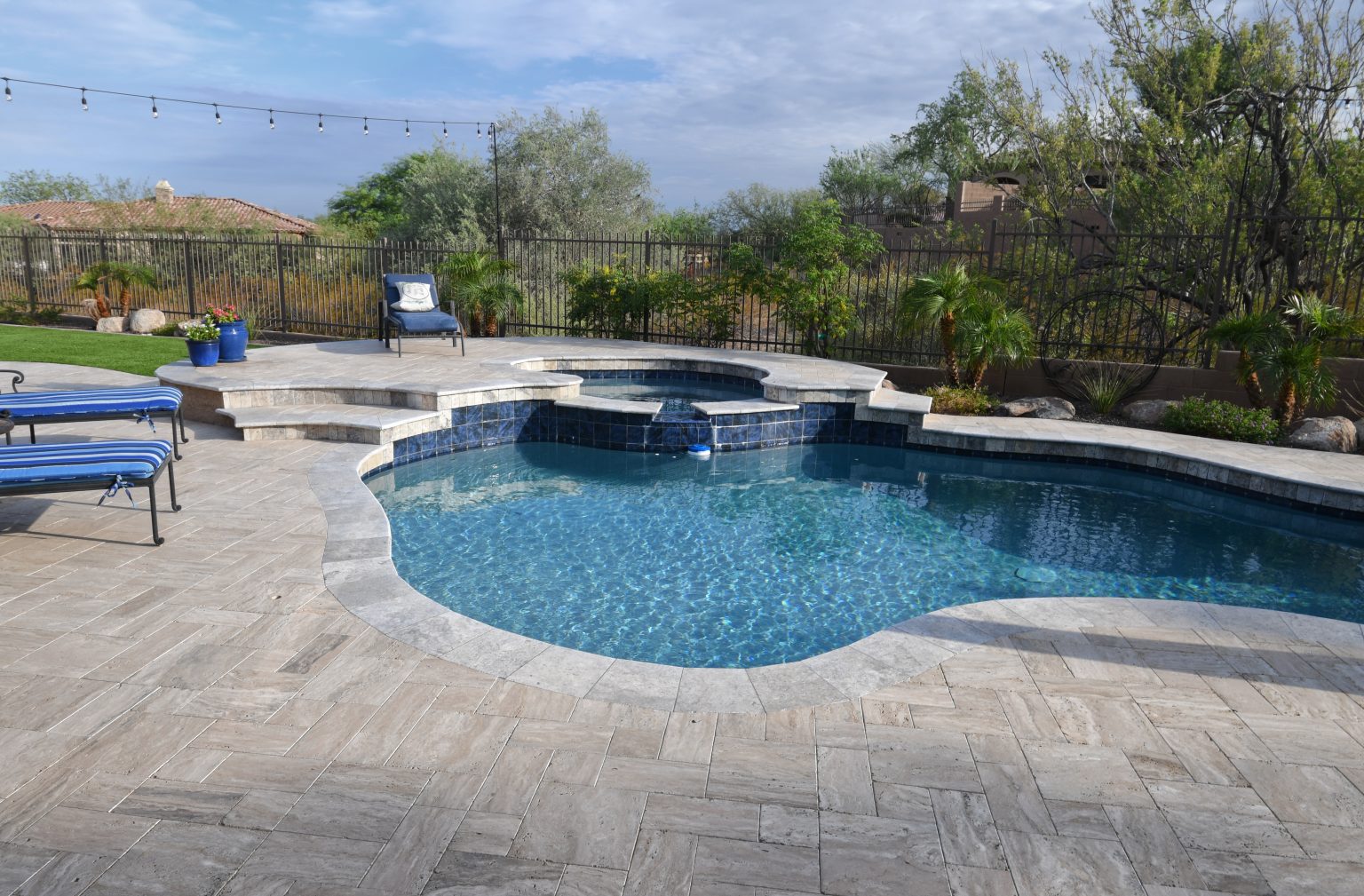
FREE SHIPPING OVER $20
Free Shipping Inside The USA

MONEY BACK GUARANTEE
30-Day Money Back Guarantee.

MADE IN THE USA
100% American Made Products.

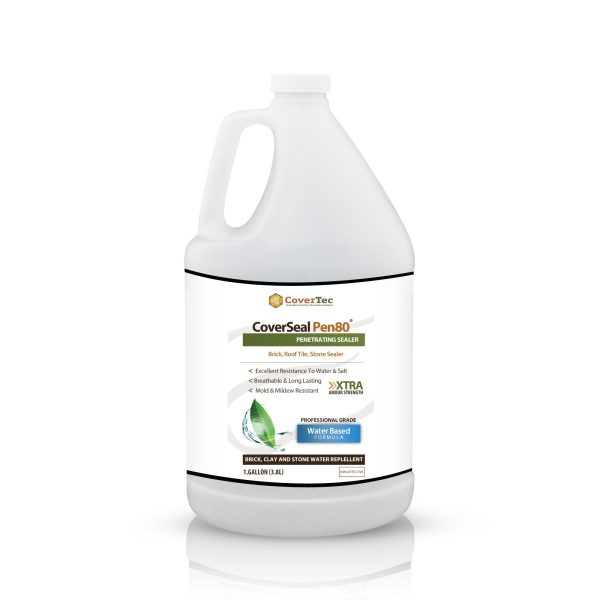

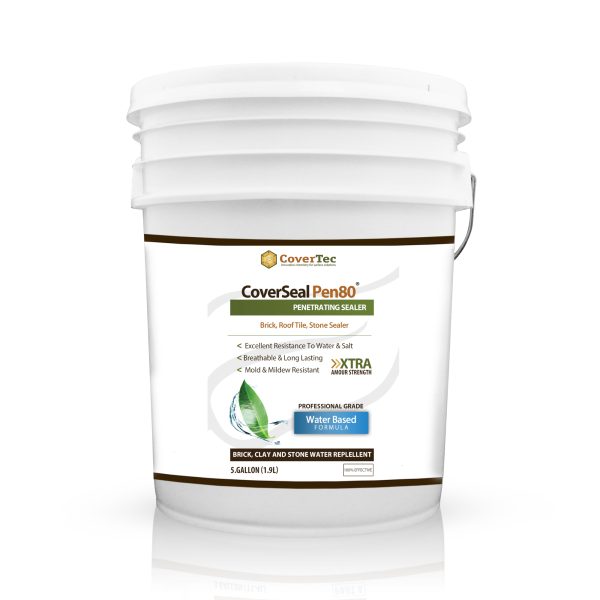

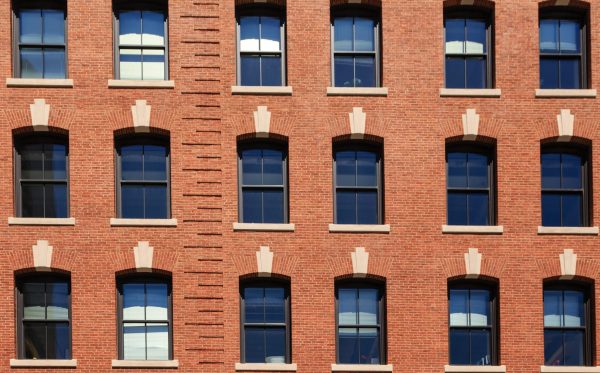
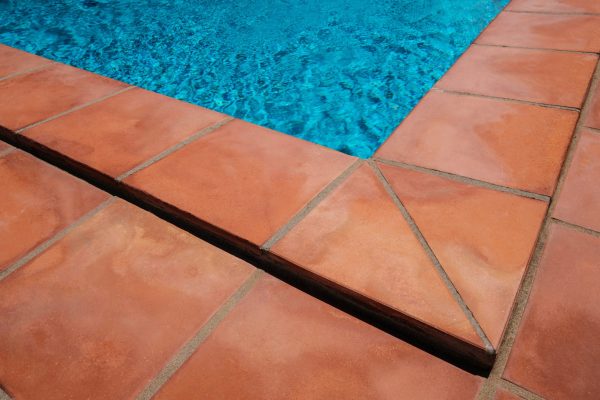
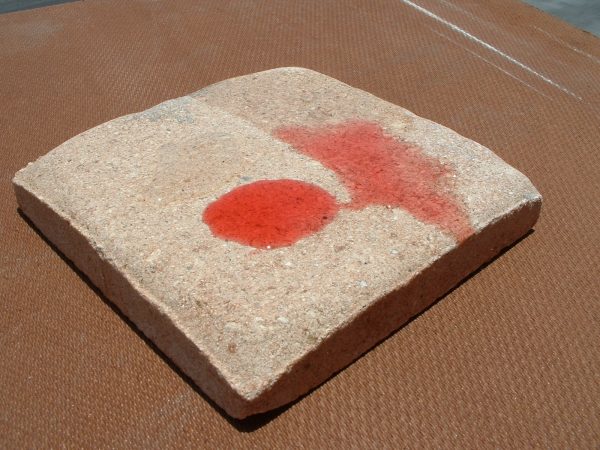

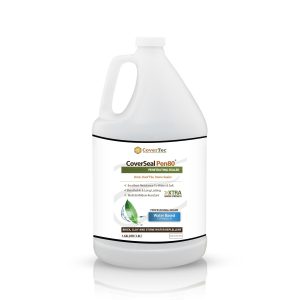
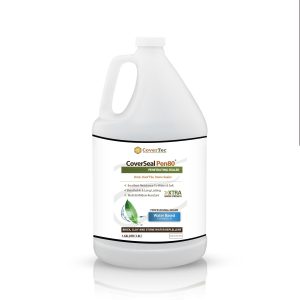
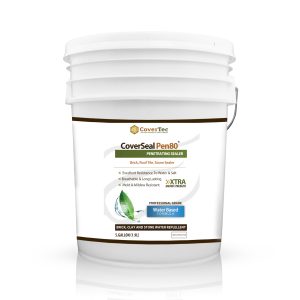
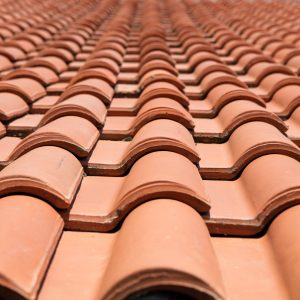
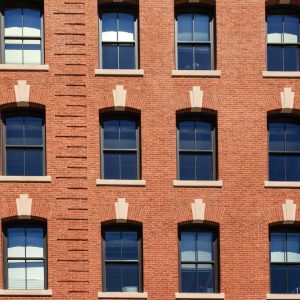
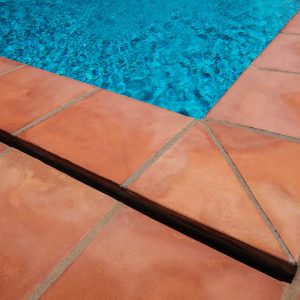
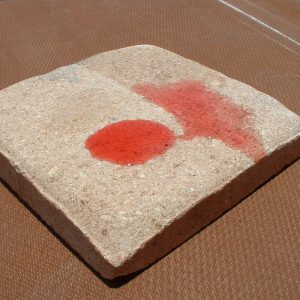

Clay, Travertine and Brick Sealer – CoverSeal Pen80
$14.00 – $189.00
- Location : Interior/Exterior
- Task : Repel Water/Salt /Mold Mildew
- Application : Pump Spray/ Roller
- Base : Water Based
- Coverage : 200- 300 sq.ft/gal
- Finish : Clear Liquid
- Secure Checkout
- Location : Interior/Exterior
- Task : Repel Water/Salt /Mold Mildew
- Application : Pump Spray/ Roller
- Base : Water Based
- Coverage : 200- 300 sq.ft/gal
- Finish : Clear Liquid
Delivery Time: Typically 3 to 5 business days
Frequently Bought Together
What customers are saying
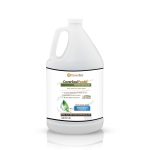
Clay, Travertine and Brick Sealer – CoverSeal Pen80
$14.00 – $189.00
In stock
- Description
- Technical
- FAQs
- Reviews
Description
Natural Stone, Clay Tile and Brick Sealer
Highly reactive penetrating siliconate water repellent, specifically developed brick sealer to waterproof brick walls and floors, clay roof tiles, terracotta, and travertine floor tiles.
Features
- Excellent resistance to water absorption and soluble salts (chlorides)
- Waterproofing
- Mold and mildew-resistant
- Long-lasting repellency
- UV resistant
- Excellent penetration into porous substrates
- Protects brickwork from rising damp
- Reduces freeze/thaw attack
- Breathable
- Reduces dirt pick-up and staining
- Retards efflorescence
- Zero odor (low VOC)
- Easy to apply
Typical Uses
- Clay Roofing Tiles
- Brick walls and brick pavers
- Terracotta flooring (Saltillo)
- Travertine pool decks and patios
- Sandstone and natural stone
- Gypsum
- Casting Concrete
Packaging
- 1 Gallon (3.8L) bottle and 5 Gallon (19L) Pail of Ready To Use Solution
Coverage
- 200-300 ft2 per gallon (4.9 – 7.3 m2 per liter) depending on the porosity of the substrate.
Installation Guidelines
Surface Preparation
All surfaces to be treated should be dry, clean and free from any contamination. Existing substrates will require cleaning by pressure wash to remove accumulated dirt and salts. After washing, the surface must be allowed to dry.
Oils, Grease, Dirt: Scrub with SurfaceClean and, rinse off thoroughly or use a wet vac to collect up residue. Test for water absorption. If water beads on any section of the floor repeat the process until contaminants are completely removed.
Efflorescence (salts): Apply Surface PrepWork, rinse well and allow to dry. Test for water absorption. If water beads on any section of the floor repeat the process until contaminants are completely removed.
Application
CoverSeal PEN80 should be applied in a single coat by flood coating, using a 3/8 th nap roller or low-pressure spray with a ¼” (5 to 6mm) nozzle. Airless spray can be used, using the lowest pressure setting with a 0.017” tip. The coverage rate should be a minimum 175 ft²/gallon (4.3 m²/L) but this may increase depending on the porosity of the substrate.
One or two coat application is typically required. Very porous surfaces may require a second application. Localized areas may require a second application.
If the surface is porous and more product can be absorbed, wait 1-2 hours before the second application following the same method described above.
Limitations
- Do not apply at temperatures below 40°F (4°C).
- Do not allow to freeze in storage.
- Do not discard into the water system.
- Do not apply to very low porosity substrates.
- Not intended for below grade waterproofing
Clay, Travertine and Brick Sealer - CoverSeal Pen80
What Is A CoverSeal Pen80 Clay, Travertine and Brick Sealer?
PEN 80 is a unique form of siliconate sealer. A siliconate sealer is a type of penetrating sealer that contains siliconate compounds. These compounds chemically react with the minerals in the brick or stone, forming a water-repellent barrier while allowing the substrate to breathe. The sealer penetrates deep into the porous structure of the brick stone or roof tile, providing long-lasting protection against water damage, efflorescence, and other environmental factors. Pen80 is
Especially suited for: Clay roof tiles, brick, travertine, terracotta (saltillo), brick pavers, flagstone, sandstone, casting concrete, high porosity natural stone.
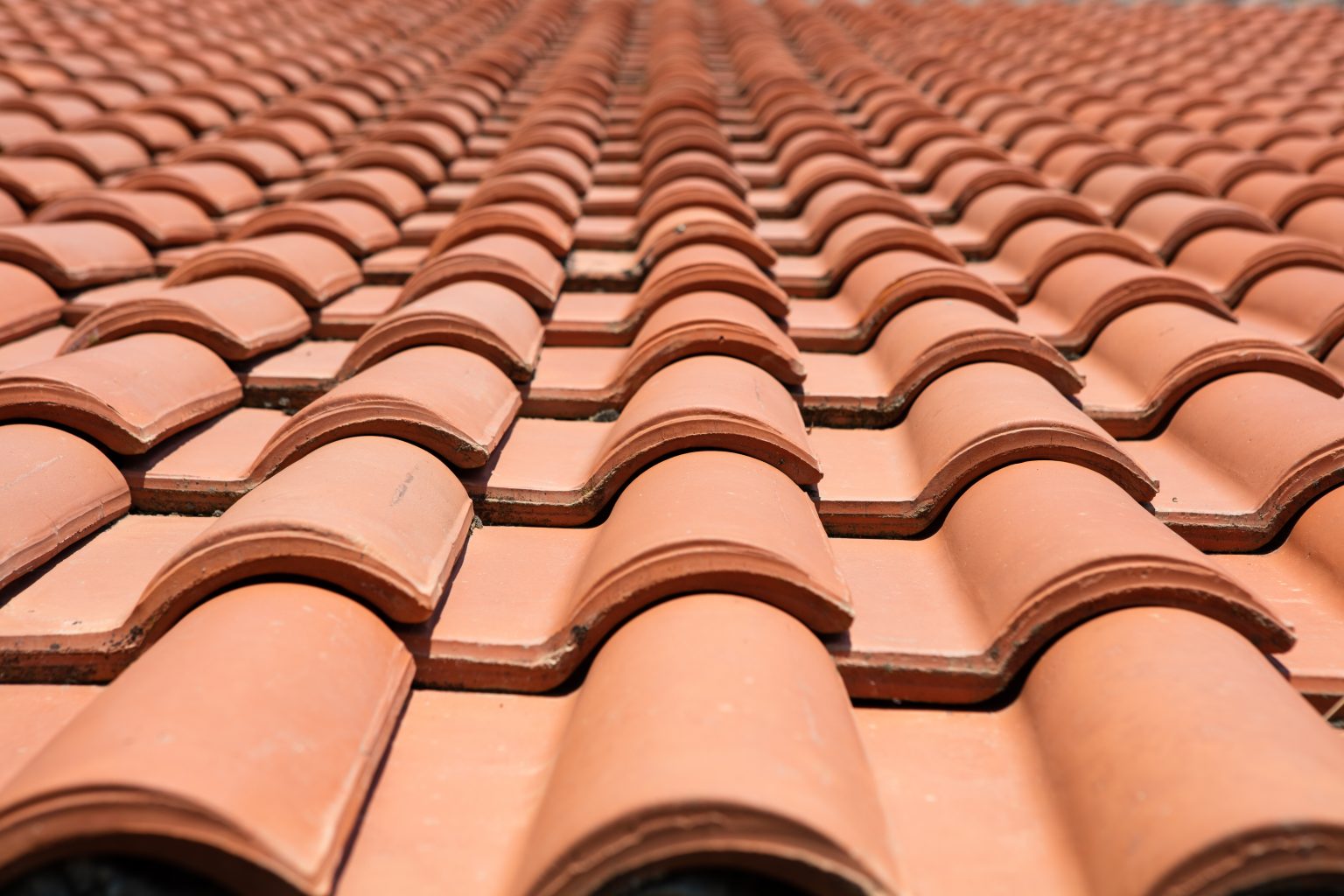
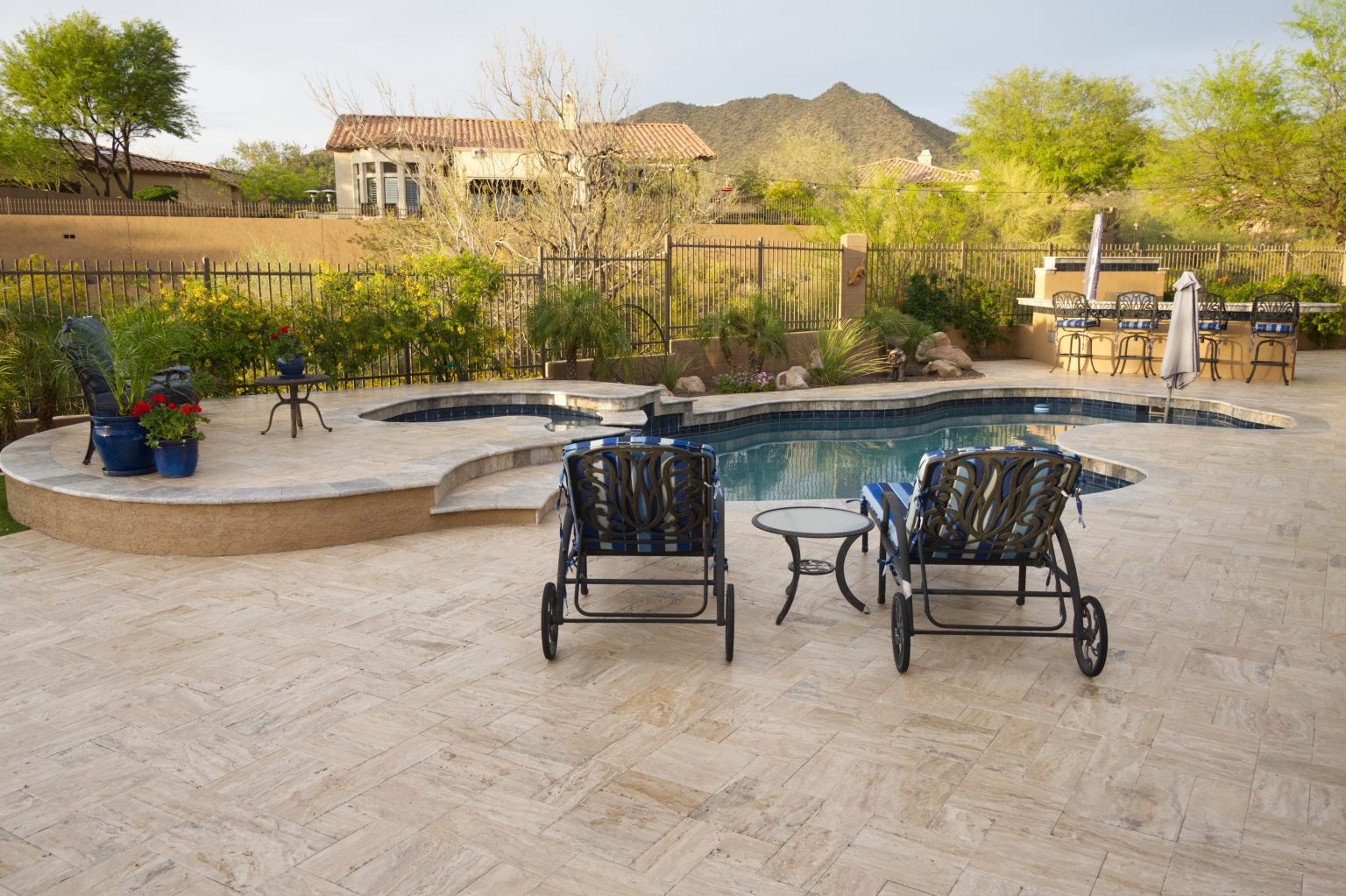
What Are The Do’s And Don’t’s When Using a Brick Sealer?
Introduction
Brick surfaces can add a touch of elegance and timeless beauty to any building. However, to ensure their longevity and protect them from the elements, it is crucial to apply a suitable sealer. One popular choice is a siliconate sealer, known for its excellent water repellency and ability to penetrate deeply into the brick. But what are the do’s and don’ts when using a siliconate sealer for sealing brick surfaces? In this comprehensive guide, we will explore the best practices and pitfalls to avoid when applying a siliconate sealer to your brick surfaces.
The Do’s
- Prepare the Surface
Before applying a siliconate sealer, proper surface preparation is essential for optimal results. Here’s what you should do:
- Clean the surface thoroughly: Remove any dirt, dust, grease, or efflorescence from the brick surface using a mild detergent and water. Rinse it thoroughly and allow it to dry completely before proceeding.
- Repair any damaged areas: Inspect the brick surface for cracks or other damage. Repair any defects using suitable patching materials to ensure a smooth and even surface.
- Choose the Right Product
When selecting a siliconate sealer, make sure to choose a high-quality product from a reputable manufacturer. Look for a sealer specifically formulated for brick surfaces and designed to penetrate deeply into the pores. Read product labels, consult professionals, and consider customer reviews to make an informed decision.
- Test the Sealer
Before applying the siliconate sealer to the entire brick surface, it is advisable to conduct a small test on a discrete area. This will help you evaluate the compatibility of the sealer with your specific brick type and assess the desired level of penetration. Follow the manufacturer’s instructions for conducting a test, and observe the results before proceeding with the full application.
- Apply the Sealer Correctly
Proper application is crucial for the effectiveness of the siliconate sealer. Follow these guidelines for a successful application:
- Use a sprayer or brush: Siliconate sealers are typically applied using a pump sprayer or a brush. Ensure even coverage, working the sealer into the brick surface. Avoid excessive pooling or puddling of the sealer.
- Apply multiple coats if necessary: Depending on the porosity of the brick, multiple coats may be required. Apply subsequent coats only after the previous coat has dried as per the manufacturer’s instructions.
- Allow ample drying time: Allow the sealer to dry completely before subjecting the brick surface to foot traffic or other stresses. This usually takes a few hours, but drying times may vary depending on environmental conditions.
- Follow Maintenance Guidelines
To ensure the longevity of the sealer and the beauty of your brick surfaces, it is important to follow the recommended maintenance guidelines:
- Clean regularly: Regularly clean the brick surfaces with a mild detergent and water to remove dirt and debris. Avoid using harsh chemicals or abrasive cleaners that can degrade the sealer.
- Inspect for damage: Periodically inspect the sealed brick surfaces for signs of wear or damage. If you notice any areas where the sealer has deteriorated or been compromised, consider reapplying the sealer to maintain protection.
The Dont’s
- Don’t Rush the Preparation
Proper surface preparation is a vital step that should not be rushed. Skipping or inadequately performing this step can lead to poor adhesion and compromised performance of the siliconate sealer. Take the time to clean the surface thoroughly and address any repairs before applying the sealer.
- Don’t Overapply the Sealer
While it is important to achieve even coverage, overapplication of the sealer can lead to problems. Excessive pooling or puddling of the sealer on the surface can result in an uneven appearance and prolong the drying time. Follow the manufacturer’s guidelines regarding the recommended coverage rates and avoid applying more sealer than necessary.
- Don’t Apply in Unsuitable Weather Conditions
Weather conditions can significantly impact the performance and drying time of the siliconate sealer. Avoid applying the sealer in extreme temperatures, high humidity, or when rain is imminent. Ideal conditions for application typically include moderate temperatures and dry weather to facilitate proper curing.
- Don’t Neglect Maintenance
While a siliconate sealer provides excellent protection, it is not invincible. Neglecting regular maintenance can compromise its effectiveness over time. Make sure to clean the brick surfaces regularly and inspect for any signs of wear or damage. Promptly address any issues to ensure the sealer continues to provide the desired protection.
- Don’t Mix Different Sealers
Mixing different types of sealers, such as siliconate and acrylic sealers, can lead to compatibility issues and diminish the effectiveness of both products. Stick to using a single type of sealer for your brick surfaces to ensure optimal performance and longevity.
Frequently Asked Question
Yes, siliconate sealers can be applied to newly constructed brick surfaces. However, it is recommended to allow the brick to cure for a sufficient period before applying the sealer. Consult the manufacturer’s guidelines for specific curing times, as they may vary depending on the type of brick and environmental conditions.
A siliconate sealer is designed to penetrate the brick surface without significantly altering its appearance. In most cases, the sealer will leave the brick with a natural, unaltered look. However, it is always advisable to conduct a small test on a discreet area to ensure you are satisfied with the results before applying the sealer to the entire surface.
The longevity of a siliconate sealer depends on various factors, including the quality of the product, environmental conditions, and maintenance practices. On average, a properly applied siliconate sealer can last between 3 to 5 years. However, periodic inspections and maintenance are crucial to ensure its continued effectiveness.
Applying a siliconate sealer over an existing sealer may not provide the desired results. Different sealers have varying chemical compositions and may not be compatible. It is generally recommended to remove the existing sealer and prepare the surface before applying a siliconate sealer for optimal performance.
Siliconate sealers are primarily designed for exterior brick surfaces. Their formulation is tailored to withstand harsh weather conditions and protect against water infiltration. For interior brick surfaces, other types of sealers, such as acrylic sealers, may be more suitable. Consult with a professional to determine the best sealer for your specific application
Related Products
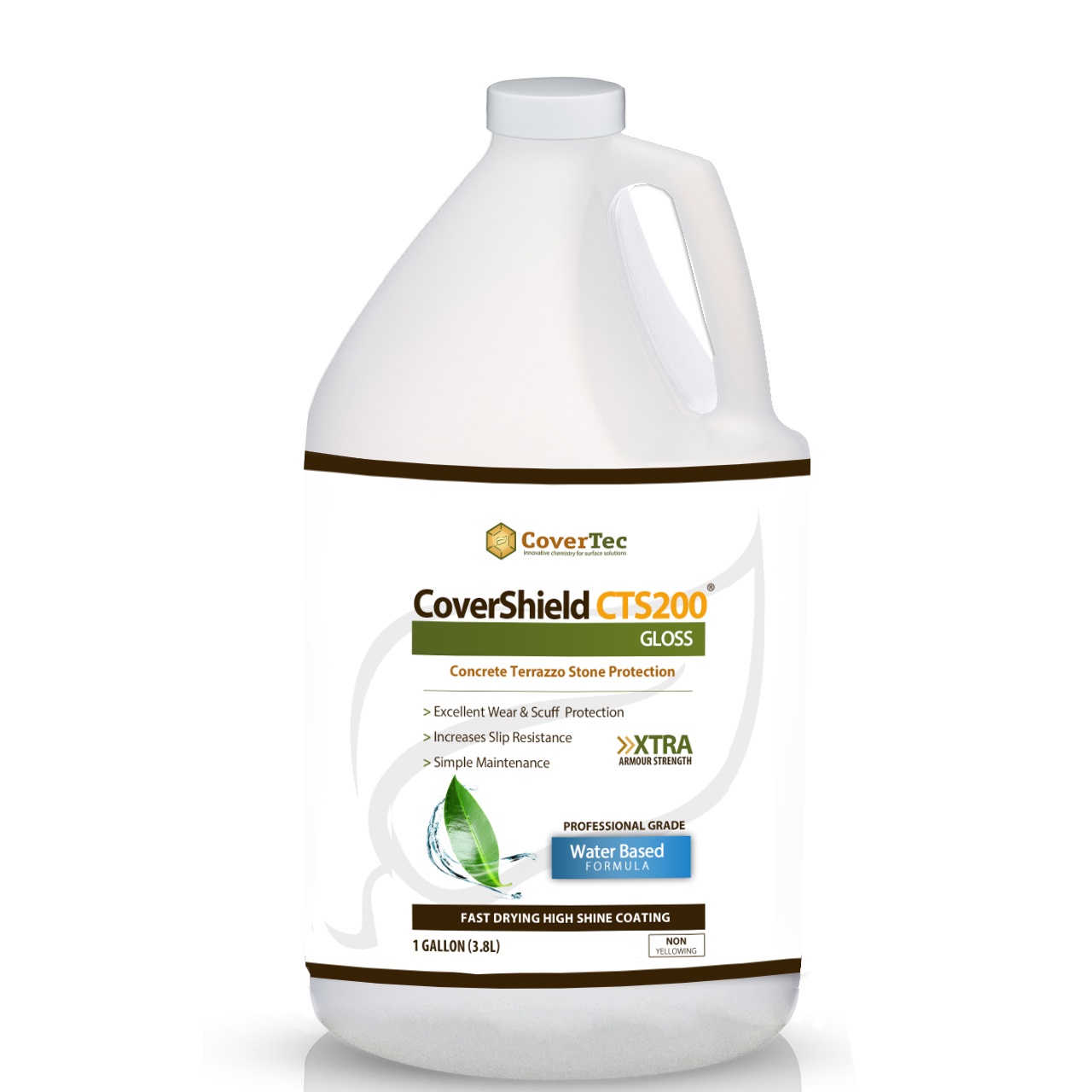

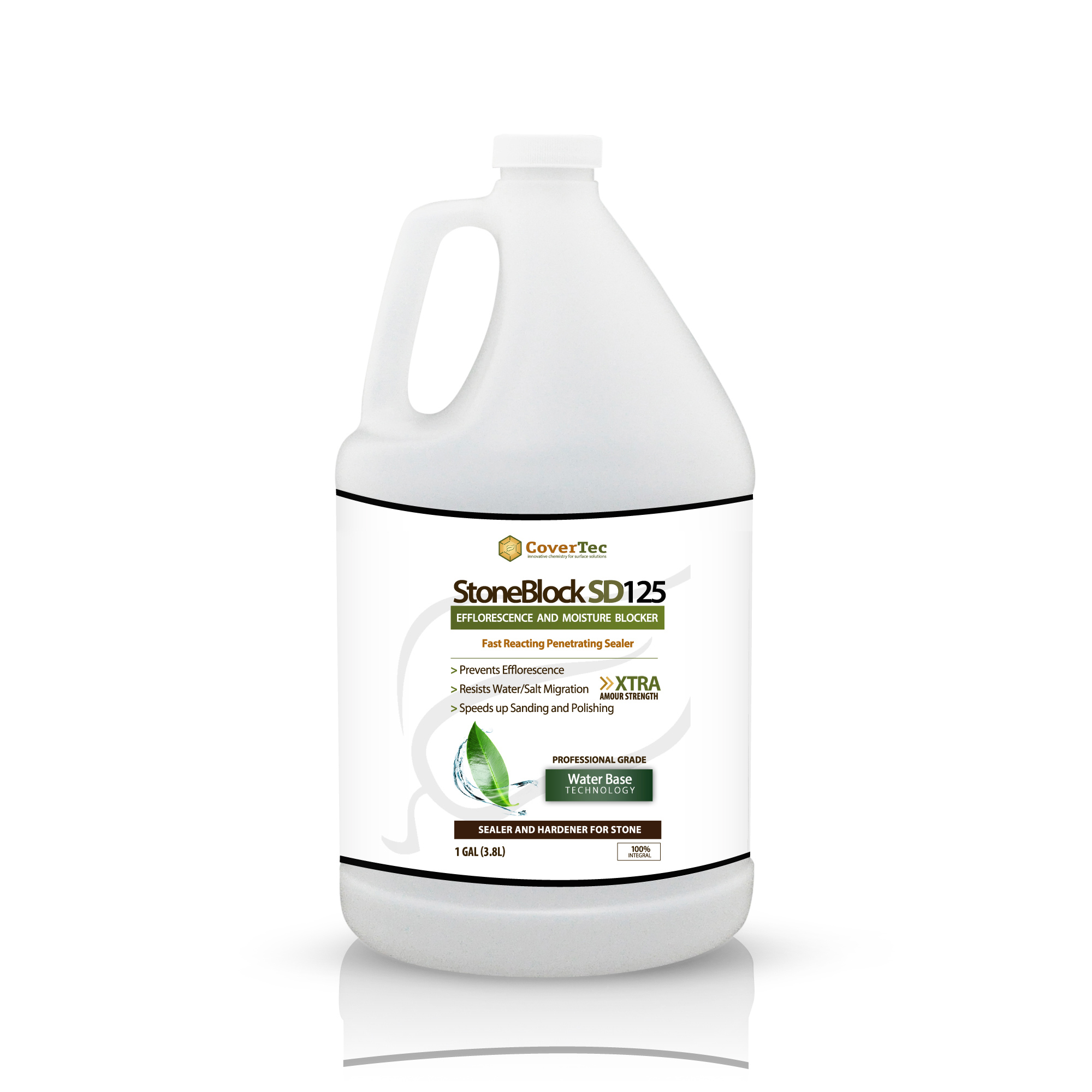

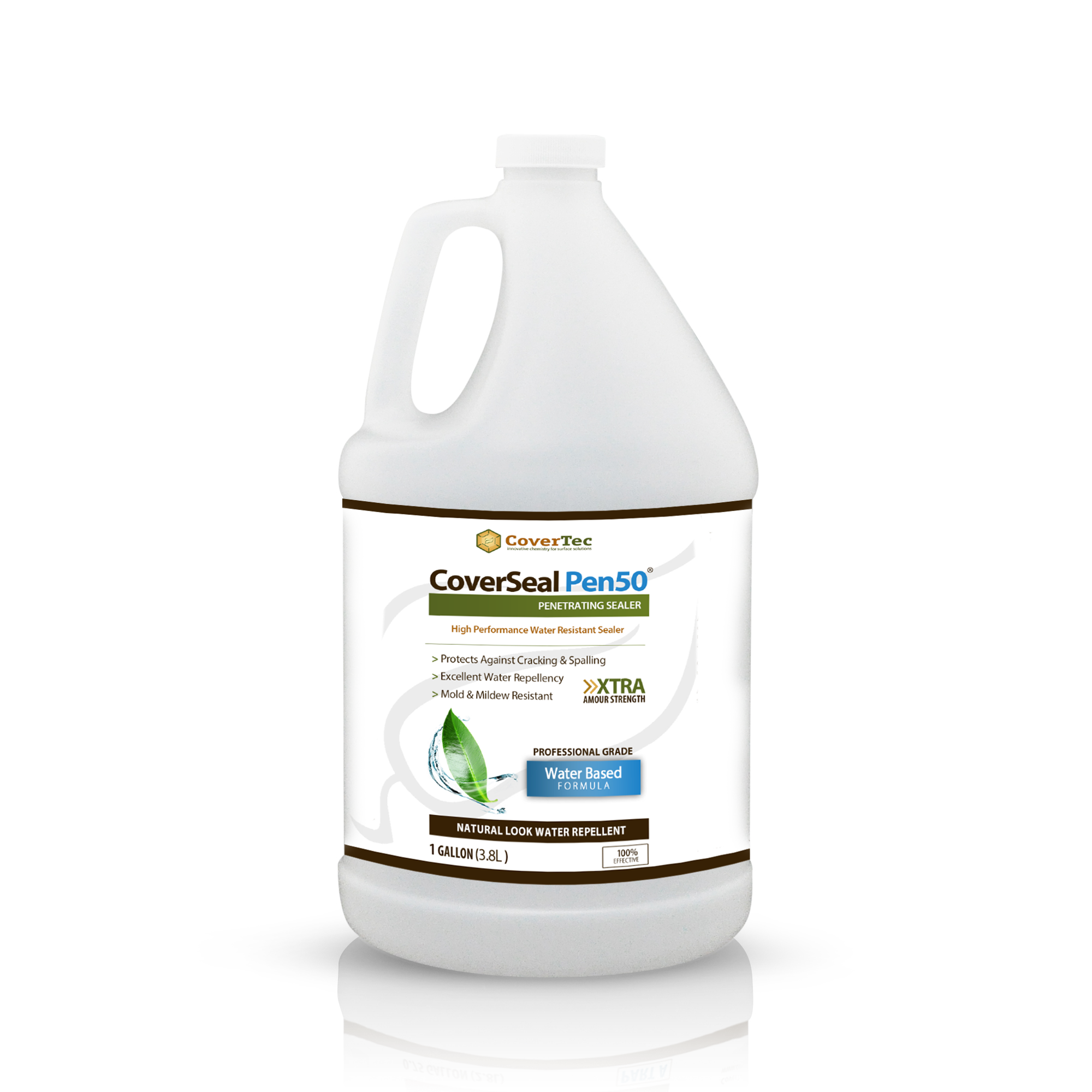

Natural Stone, Broom Finished, Buildings Exteriors, Ceramic & Porcelain, Concrete & Terrazzo, Concrete Pavers, Driveways, Driveways & Sidewalks, Exposed Aggregate, Exterior, Interior, Patios & Pool Decks, Pavers & Natural Stone, Penetrating Concrete Sealers, Roof & Deck, Sidewalks & Walks
Silane Siloxane Sealer - CoverSeal Pen50 Water, Salt, Mold and Mildew Resistant Coating
$14.00 – $191.54


Natural Stone, Brick, Broom Finished, Ceramic & Porcelain, Cleaners, Cleaners and Strippers, Cleaners/Surface Preparation, Concrete & Terrazzo, Driveways, Driveways & Sidewalks, Exterior, Patios & Pool Decks, Pavers & Natural Stone, Roof & Deck, Sidewalks & Walks
Surface PrepWork Efflorescence, Rust, Grout Haze and Mortar Dissolver
$14.00 – $52.96















